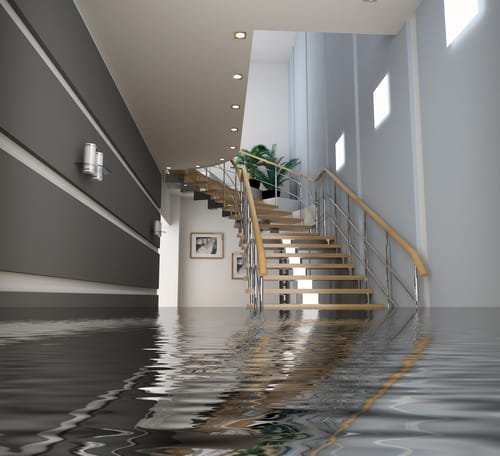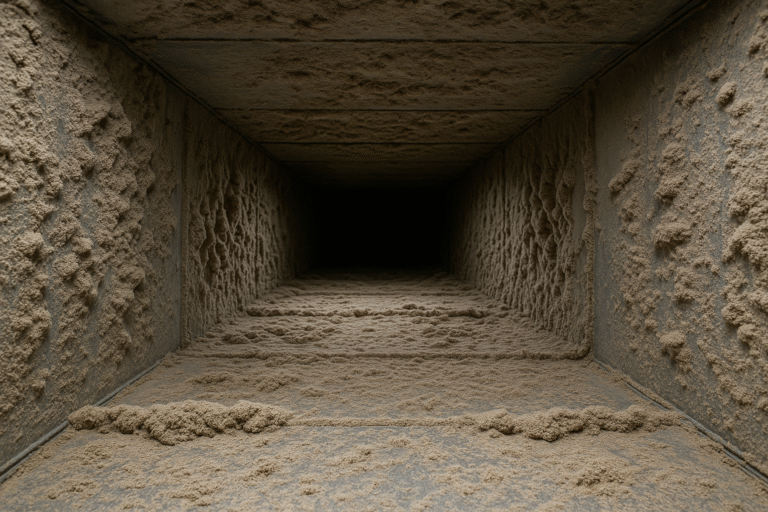Floods can affect your HVAC system
Flooding can happen at any time of the year. Whether there is a heavy rain fall, snow has melted causing ice damming or a pipe bursts within your home. Considering the cleanliness of the HVAC system after a flood should be a high priority because that system will be circulating the conditioned air throughout the structure. If a dirty HVAC system has been contaminated by water and humidity, microorganisms have the potential to grow and multiply as soon as 48 hours after contamination.
All surfaces of an HVAC system and all its components that were submerged during a flood are potential reservoirs for dirt, debris, and microorganisms, including bacteria and mold. In addition, moisture can collect in areas of HVAC system components that were not submerged (e.g., air supply ducts), and this also can lead to the growth of microorganisms. Therefore, all flood water‐contaminated components of the HVAC system should be thoroughly inspected, cleaned of dirt and debris by a professional duct cleaning constractor . If HVAC systems are not properly cleaned and disinfected to prevent the dissemination of mold and other debris throughout a building, bioaerosols of mold and other microorganisms might exists and can cause a variety of adverse health effects to the building’s occupants. To prevent cross contamination during remedial activities, the HVAC system should be shut down .
Call Power Vac if you suspect that there may be microbial growth within your HVAC system, or if your HVAC system was compromised during or after a flood. We have 50 years experience helping Canadians with their IAQ and dust concerns




